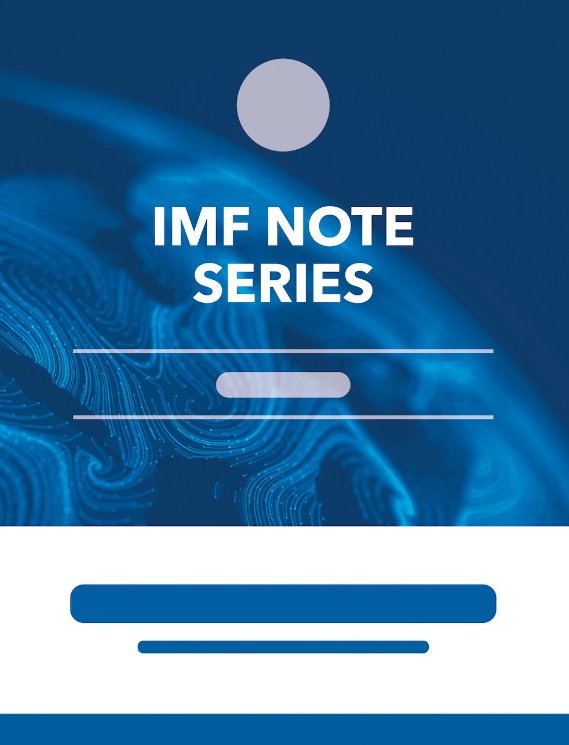Understanding Correspondent Banking Trends: A Monitoring Framework
October 4, 2017
Disclaimer: IMF Working Papers describe research in progress by the author(s) and are published to elicit comments and to encourage debate. The views expressed in IMF Working Papers are those of the author(s) and do not necessarily represent the views of the IMF, its Executive Board, or IMF management.
Summary
Subject: Banking, Commercial banks, Correspondent banking, Currencies, Data collection, Economic and financial statistics, Expenditure, Financial institutions, Financial services, Money, Public expenditure review
Keywords: bank data, banking system, CBR development, Commercial banks, Correspondent Banking, Correspondent Banking Relationships, Currencies, Data collection, Global, nostro account, ordering bank, Public expenditure review, reporting bank, respondent bank, WP
Pages:
48
Volume:
2017
DOI:
Issue:
216
Series:
Working Paper No. 2017/216
Stock No:
WPIEA2017216
ISBN:
9781484323625
ISSN:
1018-5941






